What if Microsoft abandoned the console wars and nobody seemed to notice?
By bigsocrates 20 Comments
Microsoft had an event today for ID@Xbox. They showed off a bunch of games, some good looking and some not so good looking, some new and some previously announced, and at the end of it they provided a long list of the games that would be launching day 1 on Game Pass.
Earlier in the month Microsoft closed their acquisition of Bethesda and held a press briefing about it. No new games were announced, but what was announced was a large number of titles coming to Game Pass, many in an enhanced form for the Xbox Series systems.
During the Xbox One generation, Microsoft abandoned console exclusivity for all of its first party games and started launching them day and date on PC. It later announced that all those games would be coming day 1 to Game Pass, and it has stuck to its word. There have been a few Xbox only games, at least for a little while, during the last few years, but the vast majority of games available on the platform have been on PC, and sometimes even other or seemingly competing platforms.
Coincidences do happen in this world, but there's nothing coincidental about any of this.
Microsoft was founded as a software company. It has since pivoted into being a software and services company (including services that aren't really 'software' per se, like its Azure server hosting.) While it has made hardware from time to time, and still does, that's always been an ancillary business for them. If you want to buy a Surface laptop, Microsoft will sell you one, but Windows, Office, and Edge are the actual products. Under Steve Balmer Microsoft tried to go head to head with Apple in the hardware market. That's what got us the Zune. Microsoft isn't interested in reliving that era.
Xbox has always been the exception. Microsoft got into the console business as a software maker (the Dreamcast ran a version of Windows) but it stayed as a hardware maker. Unlike Microsoft's other forays into hardware the Xbox brand was somewhat successful, and emerged as a strong #3 in the console market, sometimes making it to #2 when Sony or Nintendo were having bad years.
The Xbox was intended in part as a way to get Microsoft software into what looked like a large growing market for living room PCs and home entertainment boxes. That, in part, explains the name, which could mean anything and doesn't actually reference games in any way. Xbox was the first console to really push a service alongside it, Xbox Live, and Xbox Live has continued to be a major part of Xbox's marketing pitch up until a few days ago when it changed the name to Xbox Network. Subsequent system names like 360 and One continued this theme, intended to give the impression of an all in one system for your entertainment needs. By the time the Xbox One actually launched it had realized Microsoft's ambitions. It was a system that could do video and other applications just as easily as it could games, and made for a heck of an all in one entertainment box. Unfortunately this turned out not to be much of a selling point, because the living room PC idea was hopelessly outdated in the age of the smartphone. Some generals are always fighting the last war, and Don Matrick and Steve Balmer are exactly those kinds of generals.
The Xbox One wasn't just pitched as an all in one living room box, though. It was also pitched as a box that focused on services. The original pitch for the Xbox One was a system where your games would live on the Internet and could be downloaded to the box, but ownership would be tied to an account and could be shared with friends electronically rather than physically. It was a daring pitch, and Don Matrick absolutely bungled it, angering gamers and causing a PR nightmare that, along with Kinect, tanked the system before it launched. Phil Harrison was involved, and he used the same reverse Midas touch that he's offered for Stadia, with similar results. Microsoft retreated, told gamers that they were canceling that whole vision, eventually canceled the Kinect itself, and spent that whole generation doing reputation repair and trying to salvage a disaster of a launch.
Don Matrick was replaced by Phil Spencer, a much better salesman and strategic. Spencer knew that unless you're a cable company style monopoly you can't tell customers how it's going to be. They'll just run to the competition. Instead you need to offer them something of value. You need to seduce them. So he set about creating Game Pass, a service that was pitched on a very appealing "all you can play for one monthly price" message. And he set about freeing Game Pass from the Xbox, first by making a PC version and then by expanding to other platforms. He did this all while continuing to offer the core Xbox audience exactly what they were comfortable with. Your favorite franchises? Still being made. Those familiar green DVD cases? Still available at your favorite retailer. All those Xbox games you purchased online? Heck we'll make them backwards compatible and portable. You can play your favorite Xbox games on your brand new system. Nothing has to change!
But Xbox is changing. It's becoming even more of a service. The Xbox Series X is a fine piece of hardware, but it's like the Microsoft Surface. It's just an option if you want to play Game Pass games. You can also play them on your PC. Or your phone. Or anything with a compatible Internet browser. The Xbox is not the product, it's just a way for you to get the product. Like the Surface is. Your Microsoft Surface is also another place you can play Game Pass games.
Of course Microsoft will stay in the traditional games business for a while. Maybe indefinitely. You don't want to play Gears of War on Game Pass? You'd rather buy a physical copy? Fine. Why should Microsoft care? There are Netflix shows you can buy on DVD. Phil Spencer isn't interested in telling you what to do with your money. He's interested in taking as much of it as he can from you, in whatever way he can, preferably in a way that leaves you feeling happy so you'll want to give him more in the future. You want to buy packaged games? Okay. Want to keep playing games on your Xbox One? Microsoft will keep supporting it as long as possible. You want a new, premium, console to stick next to the TV? Can do. You want to play games on your phone or your PC? Have fun, buddy!
The Xbox brand started competing for a set top box market that never came into being. Microsoft isn't fighting that battle anymore. The console business has long been about selling boxes to people and then making money off licensing software for those boxes, but Microsoft is not a company that makes its money selling boxes and it doesn't think that boxes are the future of the business. Instead it thinks the future is content. In 2021 you don't want to be the TV maker, you want to be the company making content for that TV, and Microsoft is positioning itself to get you content via subscription in whatever way you want. Consoles will eventually die, just like the VCR and the DVD player did, and Microsoft doesn't want to be a DVD player maker in a streaming world.
What does this mean for gamers? Nothing, as of yet. The Xbox will be supported as you'd expect this generation. If you subscribe to Game Pass you'll get a lot of very good games for very cheap as Microsoft continues building that brand and business model. If you don't then you'll still have a good console and all the third party releases, and packaged and digital games to buy etc... Phil Spencer wants you as a customer, not an angry ex-customer who doesn't like Game Pass but isn't being offered anything else. He hopes that over time you'll come around to want Game Pass and become a subscriber. And if you won't then he'll try to make money off of you the old fashioned way.
But in understanding why Microsoft does what it does you can't look at this as a console war anymore. Sony is still interested in selling boxes and games. Its subscription service is kind of an afterthought. Microsoft would put Game Pass on PlayStation tomorrow if it could and if the economics were right. It doesn't care how many Xboxes it sells if Game Pass is still growing. Buying Bethesda wasn't about using Elder Scrolls VI to push Xboxes. If it was then Microsoft would have announced something about upcoming games in the press conference. Instead it's about using Bethesda's games, past, present, and future, as content for Game Pass and to push people into that ecosystem. It will sell you copies of the games on Xbox and Windows because it doesn't want to alienate people, but what it really wants you to do is subscribe.
I grew up during the console wars of the 80s and 90s, when Nintendo and Sega both wanted to be the box under your TV. Now all three companies are doing something different. Sony still wants to be that box. Nintendo wants to sell you a handheld that you can plug into the TV if you want, and it is also in the software business, selling tens of millions of copies of its games at full price while Microsoft's are all on a subscription and Sony mostly uses them to get people to buy its hardware. Microsoft is moving to the subscription business. They're all different models.
But looking at Microsoft's moves through the lens of Xbox doesn't really work anymore. They're still tied to the model for now and they will leverage the brand and use the hardware as a way to attract players, but it's not where their future lies. They're a services company. Subscriptions are available for as low as $10 a month!
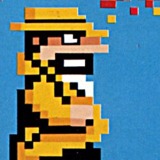
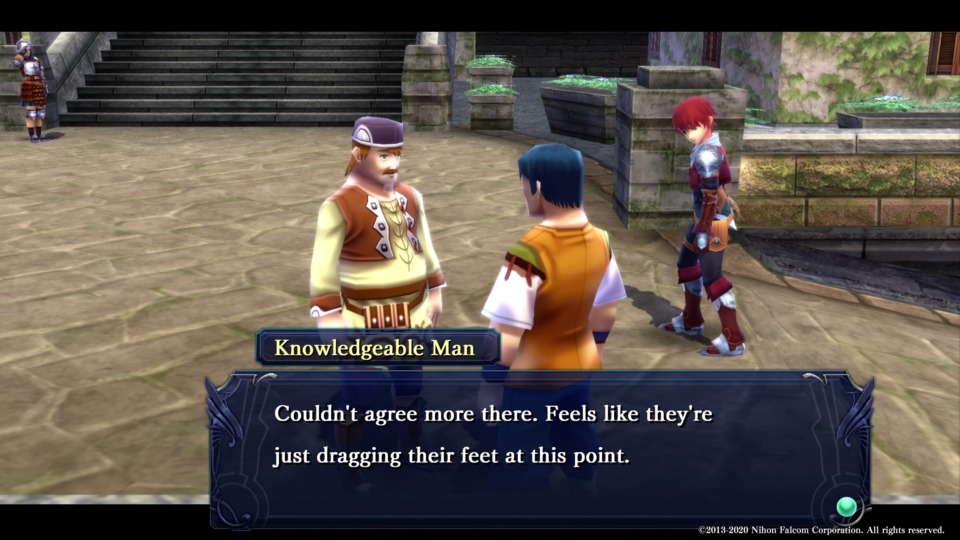
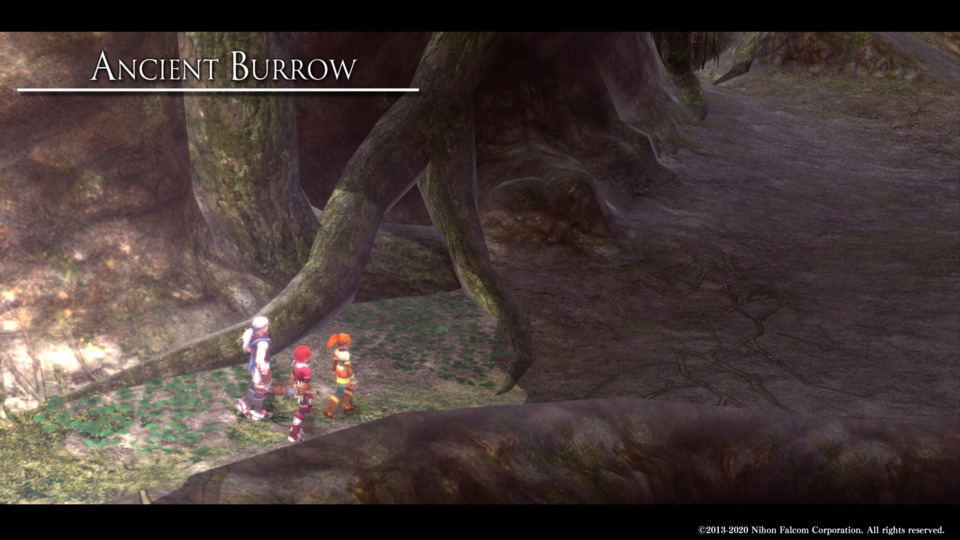
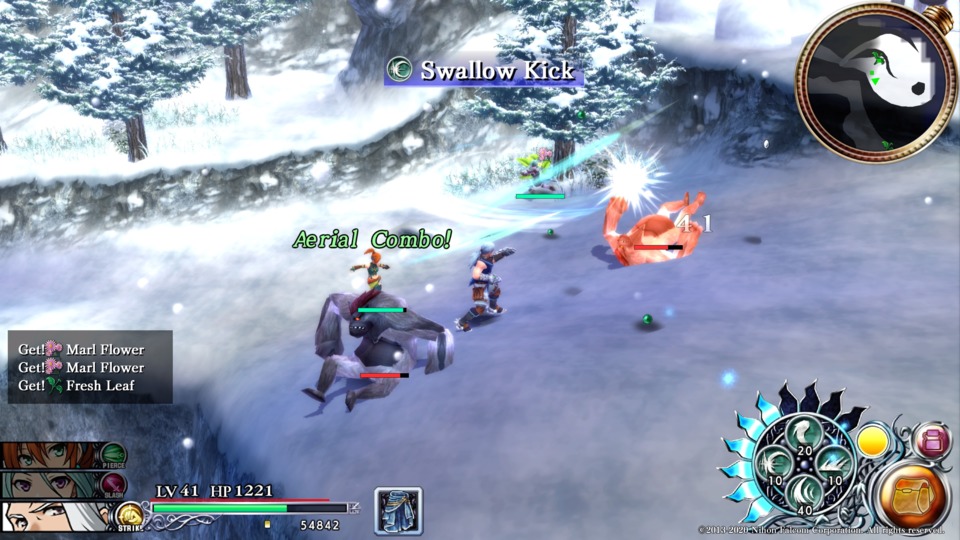
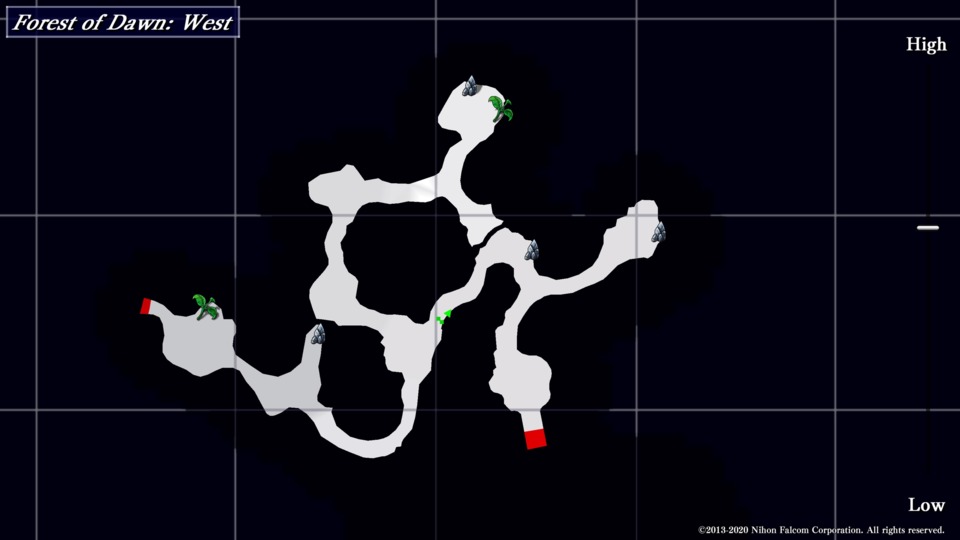
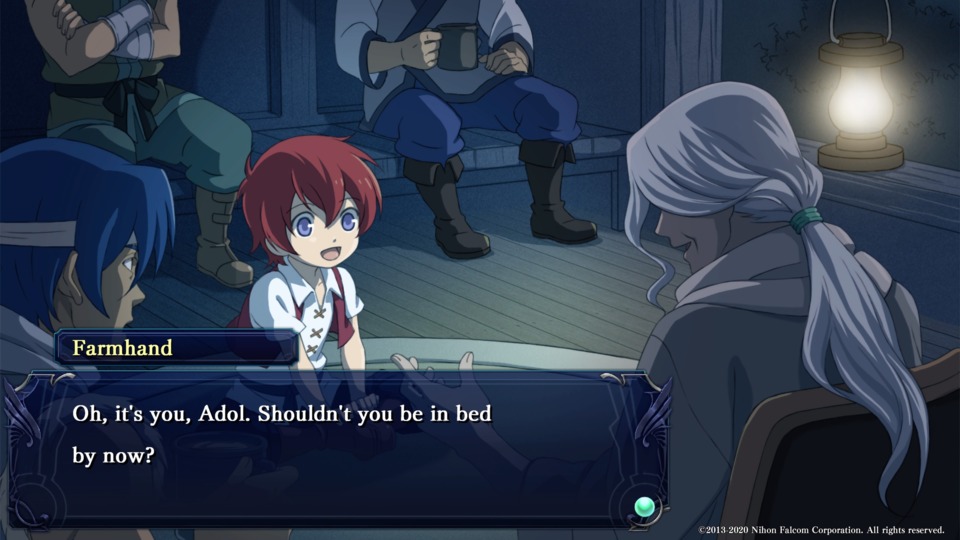
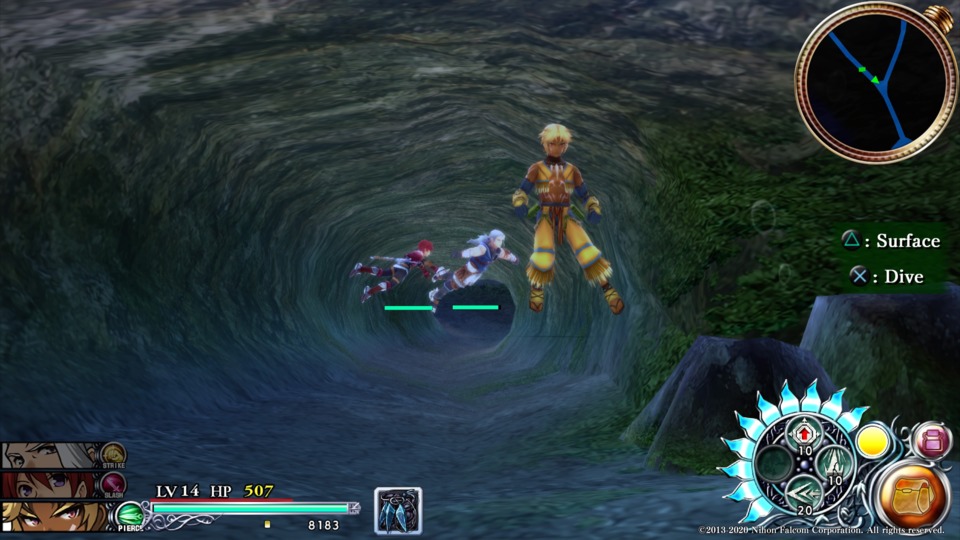
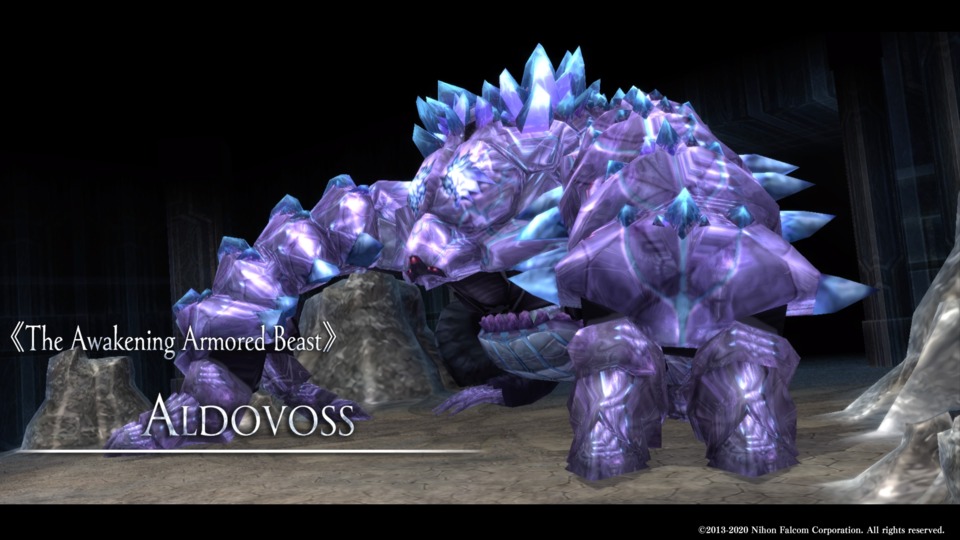





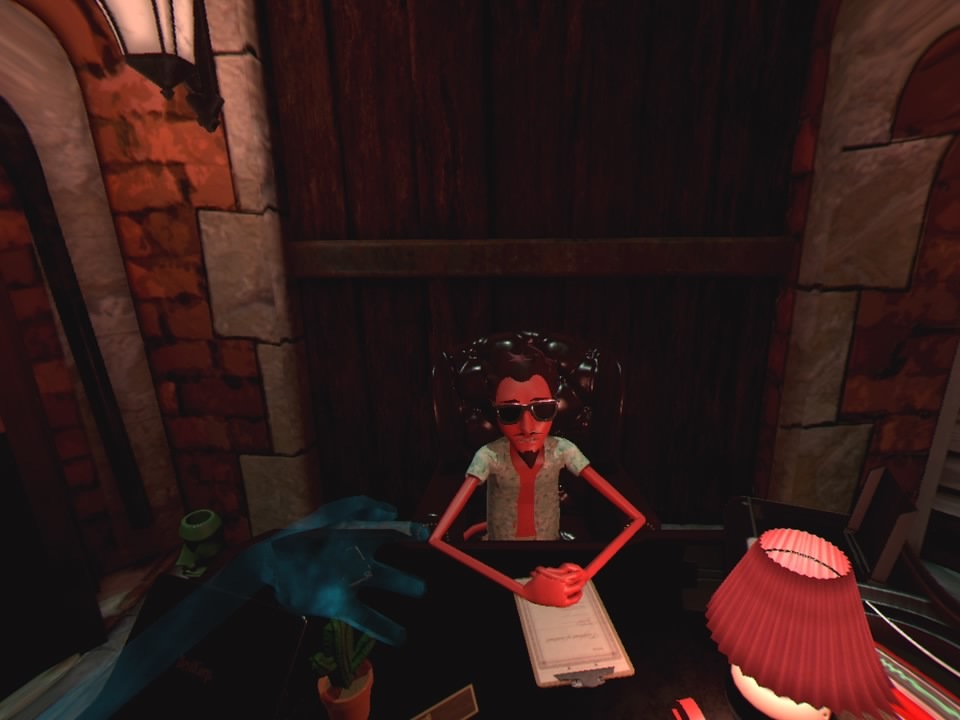








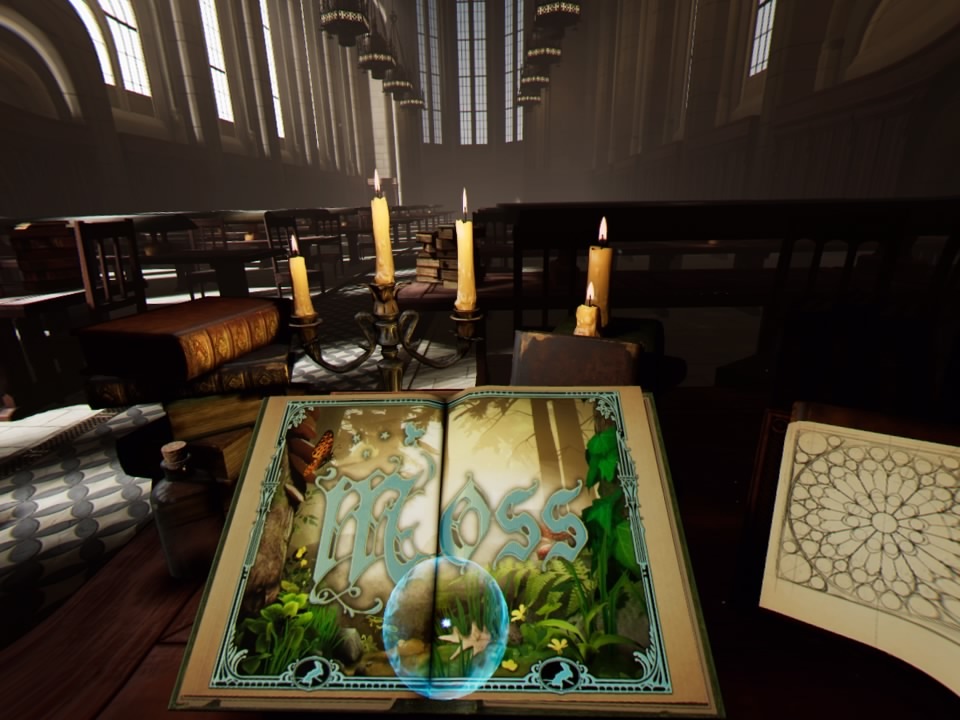




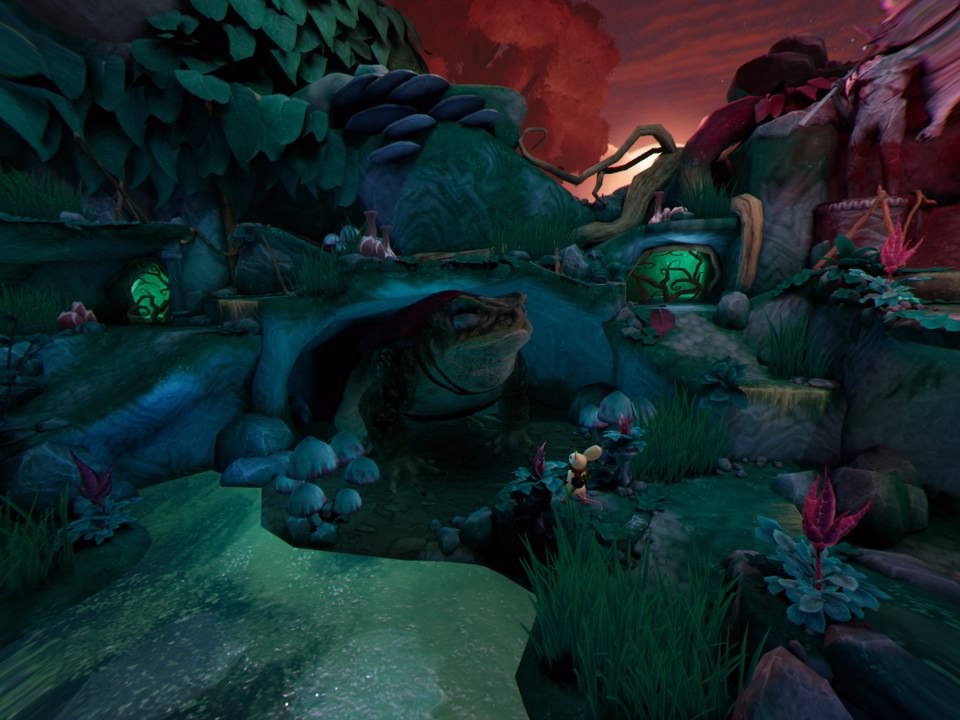
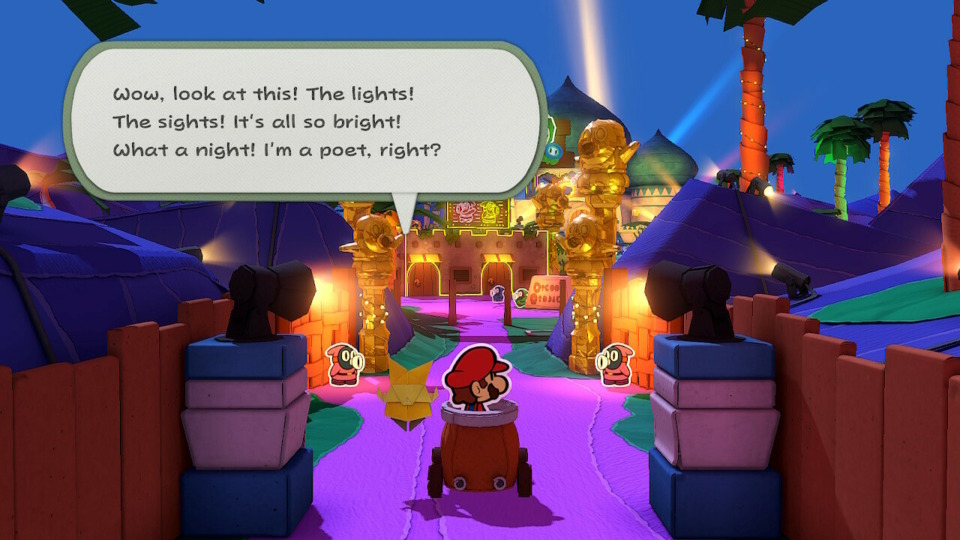
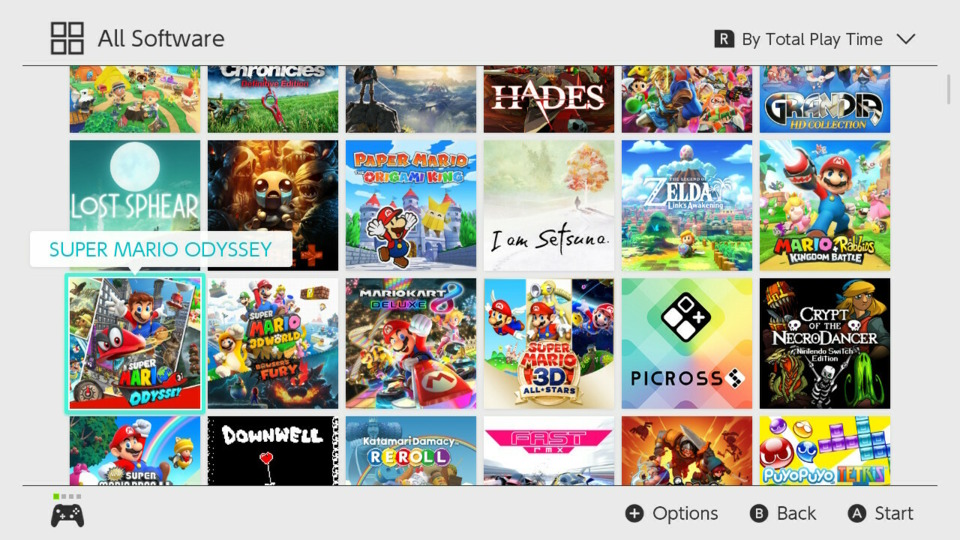
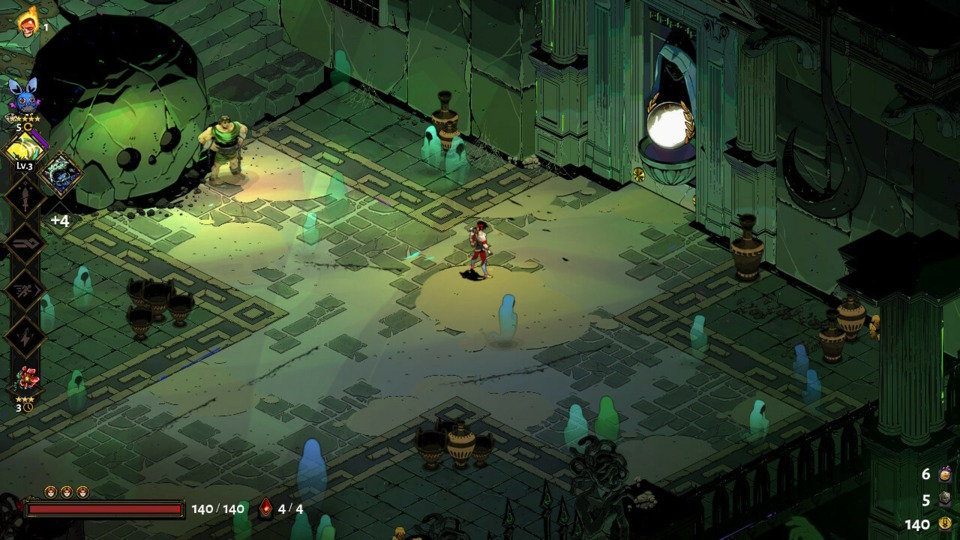
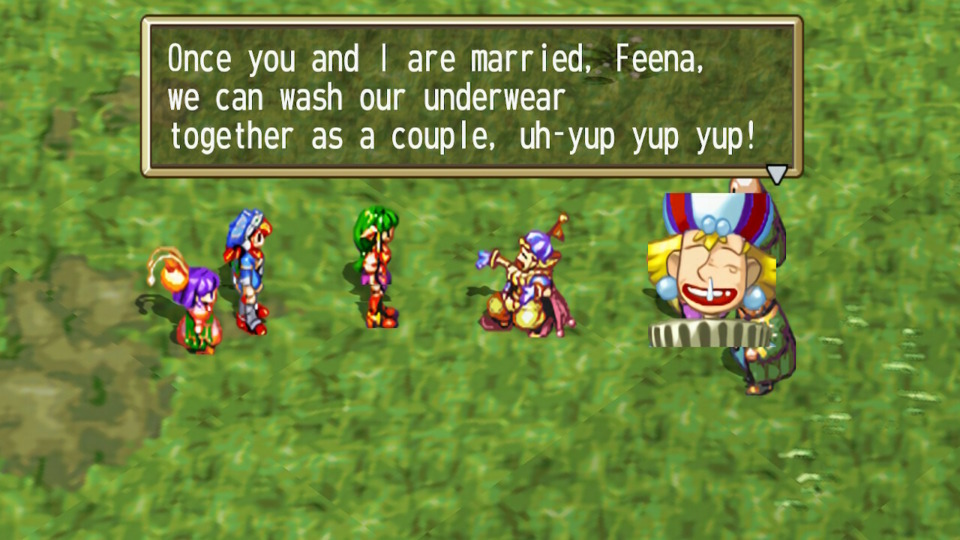
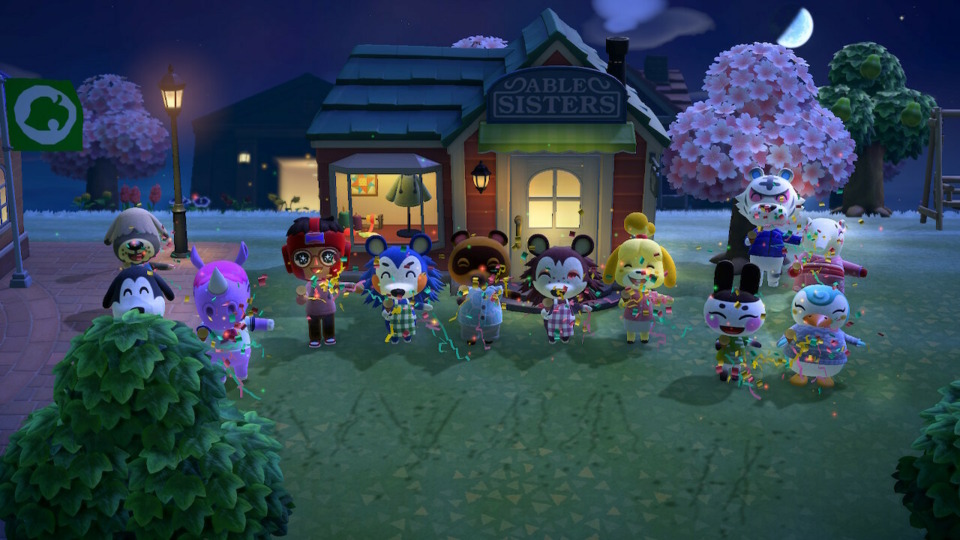
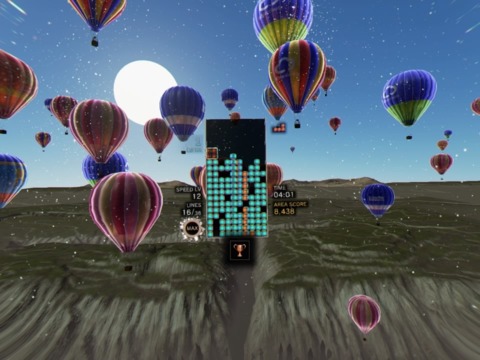
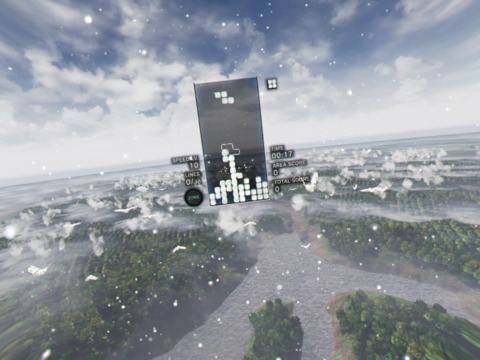

Log in to comment